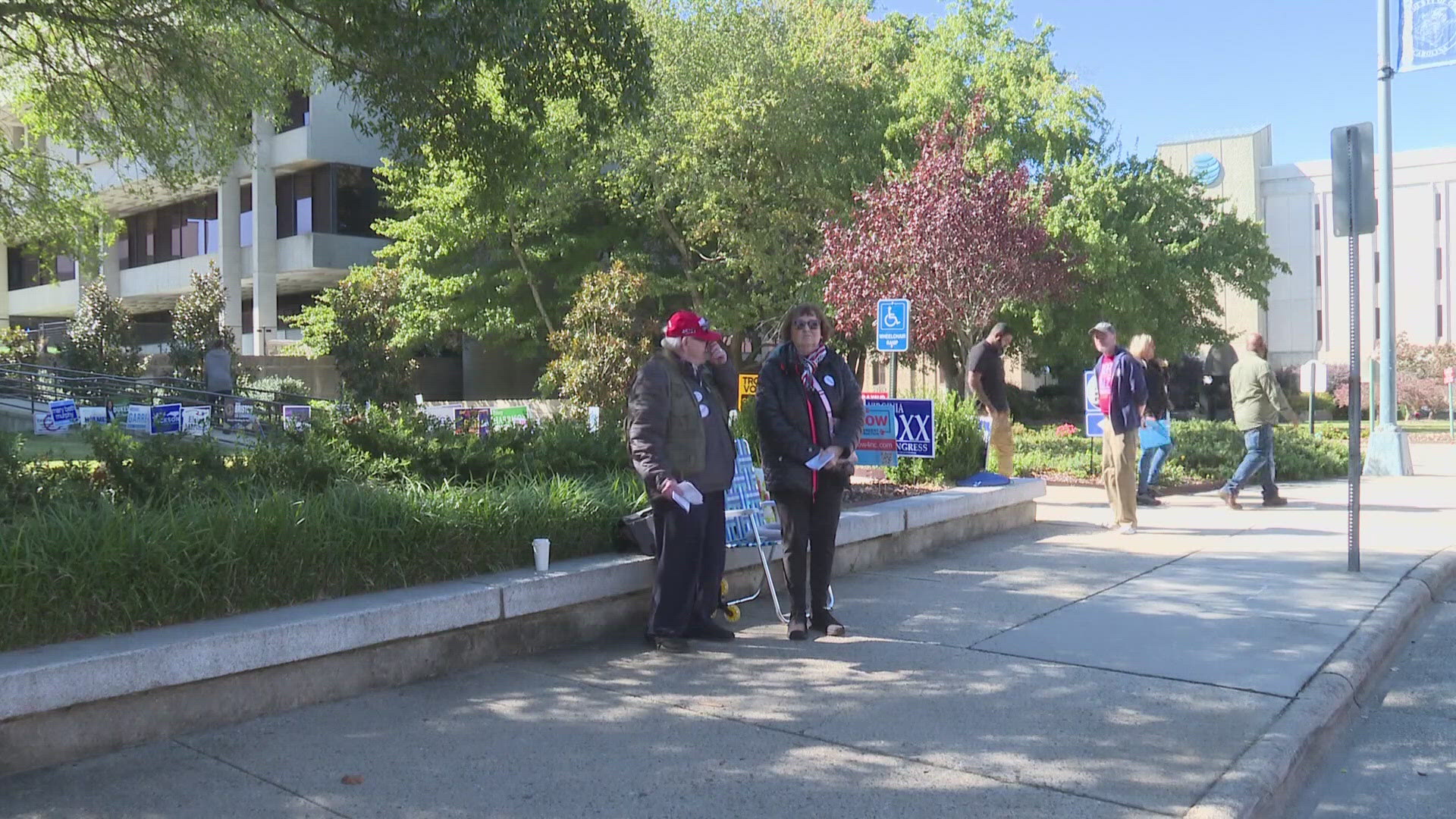Everywhere I look, there are garage sale signs and my Facebook feed is filled with friends selling used items or looking for extra coffee tables for their kids’ college dorm. It makes sense: Families are making moves before school starts, college is about to begin, and it’s prime moving season for renters.
I’ve always been thrifty, but I’ve never considered myself much of a thrifter. I almost always buy generic brands and shop sales, but second-hand stores and garage sales kind of skeeve me out. Don’t get me wrong: I’m all for recycling. But when I walk into a thrift store, I wonder: What kind of life did these items have before they ended up here? And most importantly: Are they clean?
Sure, I buy all of my son’s clothes at Once Upon a Child, a second-hand store for kids (they have all of the nicest brands, but I’ve never paid more than $6 for anything!), but I’m slightly skeptical of the section of the store with the toys, cribs, and shoes. Turns out, there are just some things you should never buy used. Take cribs, for example. In 2011, safety standards changed dramatically, and buying a crib that predates the new guidelines means you could be inadvertently be putting your child at risk.
The risks go beyond cribs. To help you navigate thrift stores, garage sales, and online marketplaces like a pro, we’ve rounded up a list of items you should never buy used… even if they’re free.
1. Car seats
According to Consumer Reports, the main reason not to buy car seats used is safety. According to the CDC, in the U.S., car accidents are a leading cause of death among children, but proper car seat use can reduce that risk by up to 71 percent. When it comes to secondhand car seats, you can't be 100 percent sure a car seat hasn’t been involved in a crash (rendering it ineffective), if it’s been recalled, or if the expiration date is correct (yes, car seats have expiration dates!).
2. Mattresses
When you buy a used mattress, you risk bringing home bed bugs. "[O]ne of the most common ways bed bugs are introduced to a home is through used and discarded furniture," Jeff White, director of innovation and technical content for BedBug Central told Tonic. Trust us: That’s never worth the risk.
3. Wooden furniture
Totally grossed out by the thought of bed bugs? They're not just in beds. Experts say wooden dressers can also harbor the tiny blood-sucking creatures. According to some reports, bed bugs can live in the cracks and crevices of wood furniture for up to 18 months. Think twice before hitting Craigslist for a coffee table or bureau.
4. Tires
Used tires present a safety hazard because you can’t verify how they were previously used. According to Consumer Reports, used tires could have been driven overloaded, underinflated, or to excessively high speeds—all things that can cause irreparable internal damage not visible to the naked eye. And even if they were gently used, tires age and degrade over time. It’s just simply not worth the risk.
5. Perfume
Apart from the obvious risk of buying bottles that are fraudulent or tampered with is the simple fact that perfumes go bad fairly quickly, says Bart De Pelsmaeker, founder of Splash of Scent. Sunlight and heat can drastically slash the already-short lifespan of a perfume.
6. Cribs
In 2011, safety standards for cribs changed dramatically. According to the New York Times, manufacturers had to stop selling then-very popular drop-side cribs, enhance hardware, strengthen crib slats and mattress supports, and test products more stringently. Many of those older models are still floating around at garage sales—it’s not worth the risk.
7. Bike helmets
According to the New York Times, once bike helmets are involved in any sort of crash, they no longer provide adequate protection. Helmets also deteriorate over time, simply due to exposure to the ozone and sunlight. A good helmet is absolutely worth splurging on.
8. Food storage containers
Stacy Genovese, technical director of the Good Housekeeping Research Institute, told the New York Times that plastic containers used to reheat food can contain toxic chemicals. According to the Scientific American, plastic bottles should never be microwaved, used to store heated liquids or foods, or washed in hot water. That’s something you definitely can’t guarantee when buying used! A 42-piece set of our favorite food storage containers will only run you $20 in any case.
9. Hats and shoes
Most clothing items can be thoroughly cleaned between owners without issue, but there are two big exceptions: Both hats and shoes are tough items to clean effectively. Shoes can harbor mold and fungus, and experts say dirty hats can lead to scalp infections.
10. Cosmetics
Dirt, oil, and bacteria can build up in used cosmetics, says Jeni Sandberg, select consignment director at Everything But The House. “There are some fantastic accessories—vintage compacts, old mirrors, vanity sets with combs and boxes—around cosmetics that you can use and collect instead.” Plus, there are plenty of great cosmetics you can buy that won’t break the bank.



